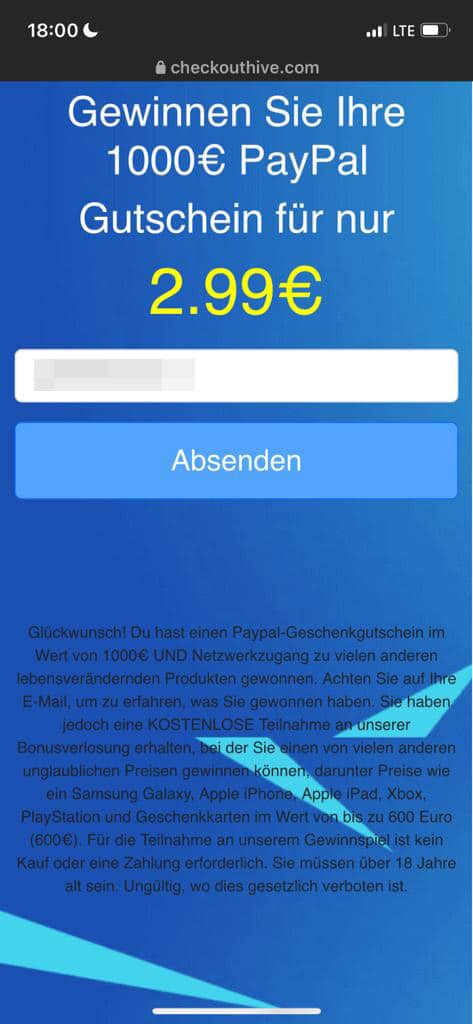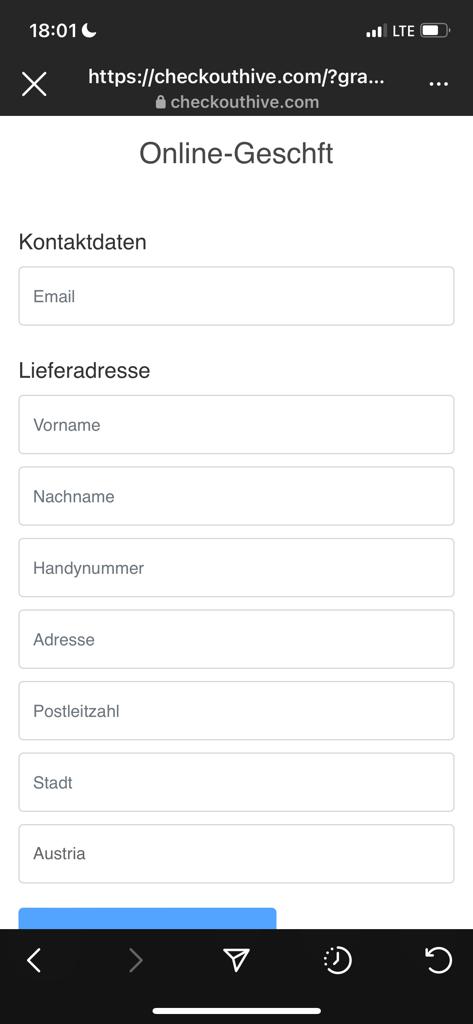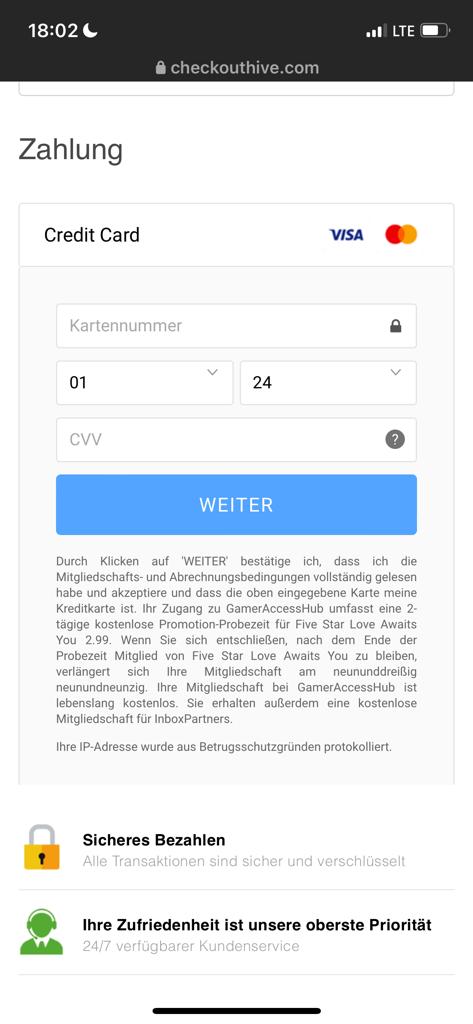Instagram is a platform for many people to share their personal moments and experiences. One of the functions that Instagram offers is tagging other users in posts and stories, which promotes social sharing. But be careful: This function is increasingly being abused by spam accounts that want to rip off users in dubious fake competitions. In this article you will find out what it is all about, where the dangers lie and how you can protect yourself from them.
Yeah, won!
At first glance, the competitions for which you are unintentionally tagged often seem tempting. But behind these seemingly harmless offers there are often fraudsters who are after your personal data and credit card information. Perpetrators exploit users' curiosity and inattention to commit identity theft, rip-offs, and even misuse of credit card information for paid subscriptions.
The problem: Many users only notice the rip-off late, as the fraudsters usually hide in the small print that they are tapping sensitive data and using it for their own purposes. This means that those affected often only react when they have already suffered damage.
The process
First you are tagged by someone else's profile and lured to a page outside of Instagram.
Apparently this was about Amazon vouchers worth 1,000 euros. If you click on the link, Amazon suddenly becomes PayPal, for which you could win a gift card worth 1,000 euros. A few simple questions need to be answered, which will then be checked. And you're just one step away from getting your PayPal gift card.
On the next page you will find out that this is not sent for free, but that you will have to pay 2.99 euros for it.
Finally, personal data such as email address, name, address and mobile phone number are requested. And finally we end up on a page where you have to enter your credit card details.
But that's not all. Here you will also find out in lower case that you have taken out a trial subscription for 2.99. This will be extended after two days “on thirty-nine ninety-nine” (sic!). We assume that this cryptic information means that you end up with a subscription that you didn't want and for which you pay around 40 euros. Monthly? Weekly? Daily?? – This is not clear from the text. In short: it will be expensive.
The 1,000 euro gift card from Amazon or PayPal merely served as bait.
How can you protect yourself?
- Be careful with unwanted tags: Be suspicious if you are tagged by unknown accounts or in posts that promise competitions or similar offers. Check the account that tagged you and look for signs of spam accounts, such as a low number of followers or posts.
- Do not provide personal information: Never provide personal information or credit card details if asked to enter a purported competition. Reputable providers will not ask you to disclose such data.
- Report and block: If you have identified a spam account, report it to Instagram to protect other users from the scam. You can also block the account to prevent future tagging.
- Adjust settings: You can control who can tag you in posts or stories in your Instagram settings. Restrict this feature to people you trust to minimize the risk of unwanted tags.
Conclusion
The tagging function on Instagram is a double-edged sword: On the one hand, it enables social exchange, but on the other hand, it is abused by fraudsters to rip off unwary users.
However, by being aware of the dangers and taking appropriate precautions, you can protect yourself from these dubious fake competitions and the risks associated with them.
Stay vigilant and do not share any personal information with strangers. This means you can continue to enjoy the benefits of Instagram without having to worry about your security.
Tips for dealing with tags on the Instagram help pages: What happens if someone mentions me in their story on Instagram?
You might also be interested in:
Phishing guide: Protect yourself and your data from fraudulent attacks
Ordered twice, cheated twice: Where dangers lurk when shopping online
Beware of fraudulent animal, puppy and cat trade on the Internet
Notes:
1) This content reflects the current state of affairs at the time of publication. The reproduction of individual images, screenshots, embeds or video sequences serves to discuss the topic. 2) Individual contributions were created through the use of machine assistance and were carefully checked by the Mimikama editorial team before publication. ( Reason )









